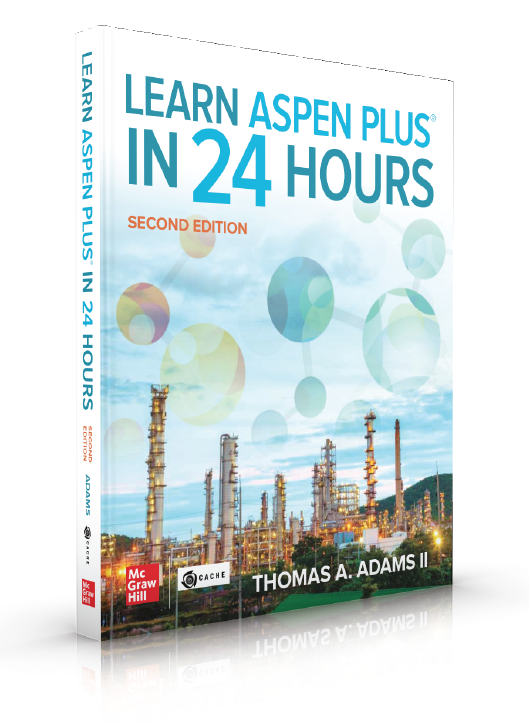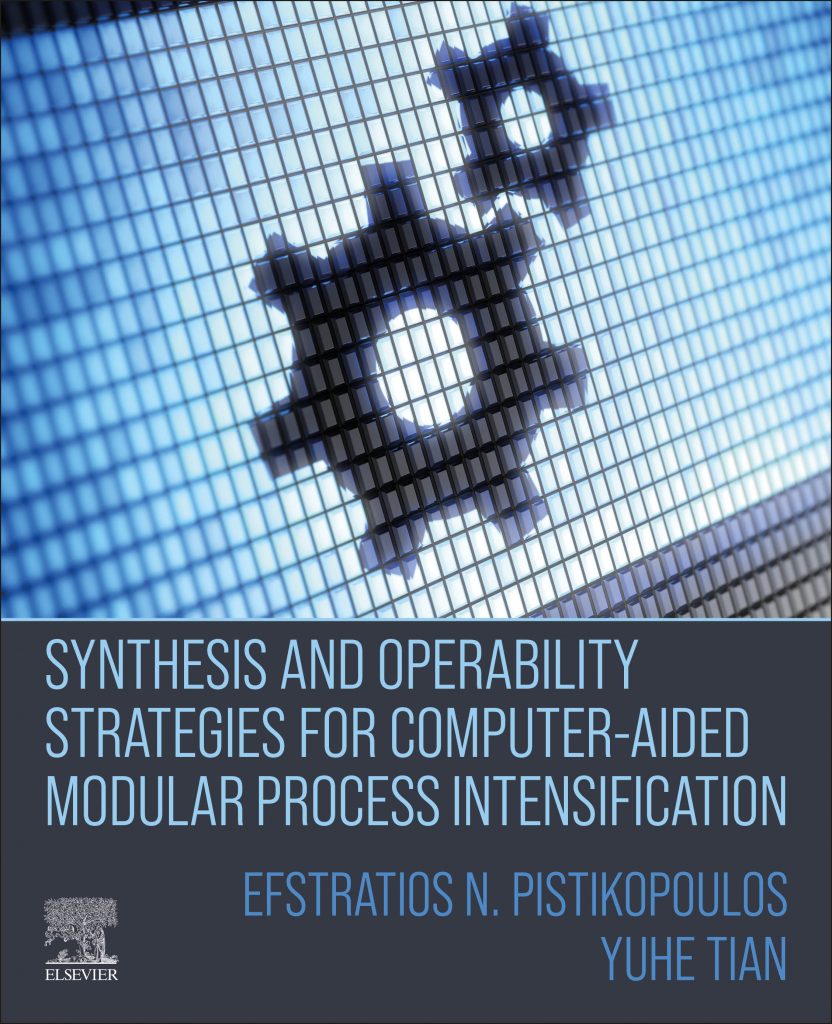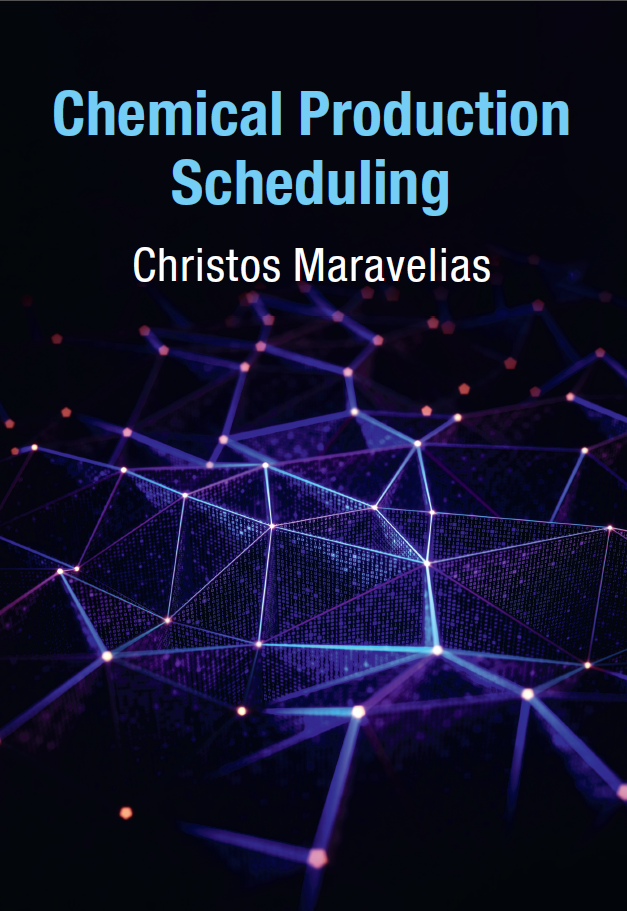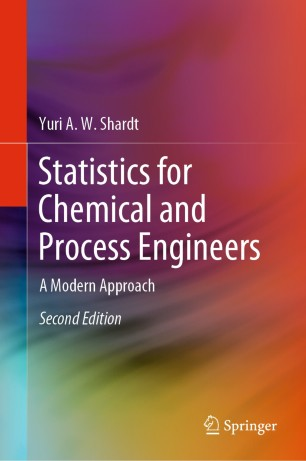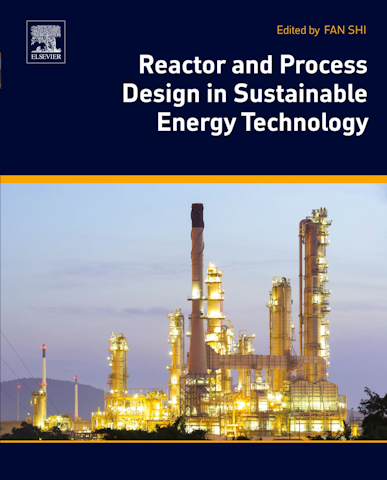Exergy Tables
Lingyang Deng, Thomas A. Adams II, and Truls Gundersen
Unlock the power of exergy analyses with this useful book. Packed with tables, charts, and figures, we’ve provided pre-calculated thermo-mechanical and chemical exergy values for thousands of chemicals, fuel mixtures, and common industrial process streams. We’ve done the hard work for you…skip all the calculus and the complicated thermodynamics! Written in plain language for practicing engineers, you can use Exergy Tables to rapidly perform exergy analyses and get valuable insights into your processes and designs.
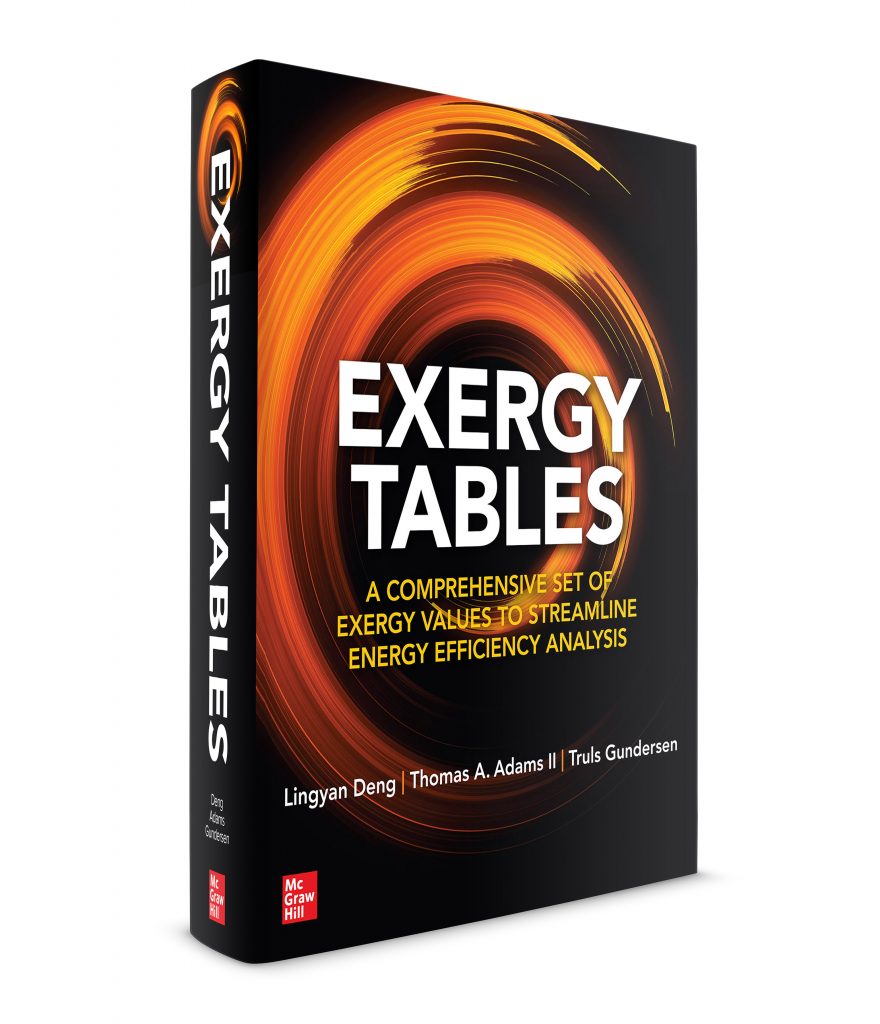
Learn Aspen Plus in 24 Hours 2nd Ed
Thomas A. Adams II
Discover how to solve chemical engineering problems with Aspen Plus® in just 24 hours, with no prior experience. Thoroughly revised for the latest distribution, this self-learning guide features detailed mathematical models for a wide range of chemical process equipment, including heat exchangers,pumps, compressors, turbines, distillation columns, and chemical reactors.Divided into 12 two-hour lessons, Learn Aspen Plus® in 24 Hours, Second Edition shows, step by step, how to build process models and simulations without performing tedious calculations. You will also get downloadable Aspen Plus simulation files and helpful quick starter templates.
Synthesis and Operability Strategies for Computer-Aided Modular Process Intensification
Efstratios Pistikopoulos
Yuhe Tian
This book introduces a systematic framework and novel strategies for multi-scale process synthesis intensification integrated with flexibility, inherent safety, and multi-parametric control optimization. Each chapter centers on a specific methodology detailed with basic principles, mathematical model formulation, and step-by-step tutorials. A number of representative modular intensified process examples are provided, including the demonstration via SYNOPSIS software prototype. The book is thus self-contained, enabling the readers to learn and apply to their research and industrial problems of interest.
Chemical Production Scheduling
Christos Maravelias
Beginning with basic principles and an overview of linear and mixed-integer programming, this unified treatment introduces the fundamental ideas underpinning most modeling approaches, and will allow you to easily develop your own models. With more than 150 figures, the basic concepts behind the development of different approaches are clearly illustrated. The book addresses a wide range of problems arising in diverse industrial sectors, from oil and gas to fine chemicals, and from commodity chemicals to food manufacturing.
Statistics for Chemical and Process Engineers 2nd Ed
Yuri A. W. Shardt
This book shows the reader how to develop and test models, design experiments and analyse data in ways easily applicable through readily available software tools like Microsoft Excel® and MATLAB®. Generalised methods that can be applied irrespective of the tool at hand are a key feature of the text. The reader is given a detailed framework for statistical procedures covering: data visualisation, probability, linear and nonlinear regression, experimental design (including factorial and fractional factorial designs), time-series analysis, and dynamic process identification. The main concepts are illustrated with chemical- and process-engineering-relevant examples that can also serve as the bases for checking any subsequent real implementations. Questions are provided (with solutions available for instructors) to confirm the correct use of numerical techniques, and templates for use in Microsoft Excel and MATLAB can also be downloaded from Springer.
Chapter: Processes and Simulations for Solvent-based CO2 Capture and Syngas Cleanup
in: Reactor and Process Design in Sustainable Energy Technology
Thomas A. Adams II, Yaser Khojestah Salkuyeh, and Jake Nease
Solvent-based process for capturing CO2 from major energy conversion processes such as power plants and synthetic fuels processes have been in use for decades and are now experiencing even greater interest due to their potential use in mitigating climate change. However, simulating these processes in major commercial software packages is notoriously difficult, even for expert users of the software. To address this, this chapter presents tutorials with 20 example simulations showing how to successfully simulate solvent-based capture processes using both chemical and physical solvents in four major commercial software packages. The examples cover a wide range of solvents in numerous real process such as traditional combustion power plants, advanced gasification-based power plants, and synthetic fuels processes. Solvent systems considered include MDEA, MDEA + Piperazine, MEA, DGA, Selexol, and Rectisol.
